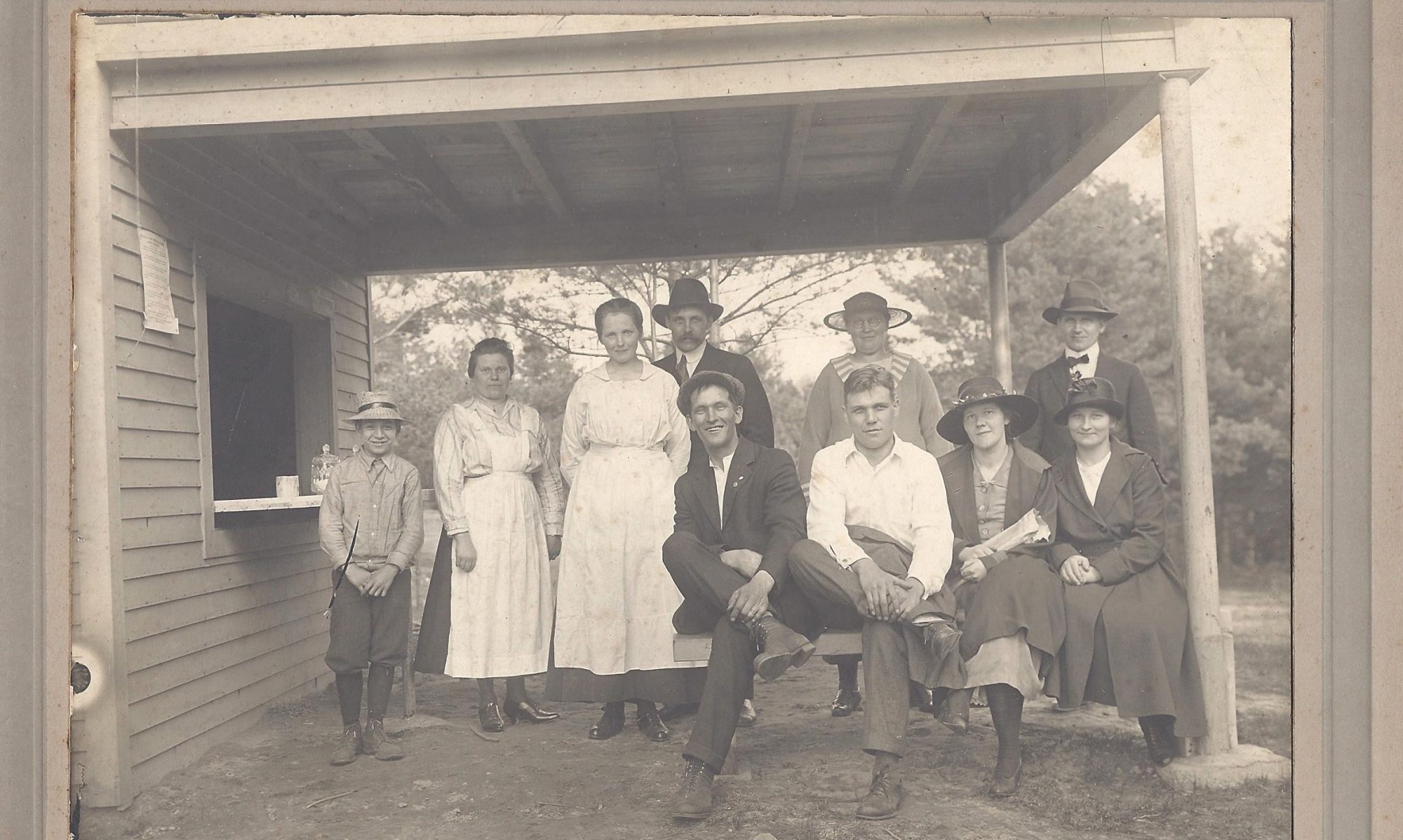Sanford Bascom was a Civil War Sharpshooter from Newport. Born on Sept. 25th, 1834, we would spend his entire life in the town of Newport, minus his time serving in the Civil War. In order for him to become a sharpshooter he “…had to fire 10 consecutive shots inside a 10 inch circle at a distance of 200 yards.”[1] Bascom would later become part of the 1st regiment of sharpshooters for the Union army. This was not his only accomplishment as, “On September 20, 1861, Sanford wrote in his diary, “in camp 2 miles north of Washington (D.C), target shooting at 124 rods, visited by President Lincoln today; my rifle was the only one with a telescope on it, and President Lincoln fired it.”[2] This event in his life was probably one of the biggest honors that Bascom ever received. It is known that Bascom served at the battle of Fredericksburg, Chancellorsville, and Gettysburg, and that he survived the Civil War.
The other known veteran of the Civil war was Lt. Commander George Eugene Belknap, who was Newport’s highest ranking member in the navy. He was known to have spent his teenage years off of the West Coast of Africa, and he was there with the U.S Navy to try and suppress the slave trade from Africa. During Belknap’s career he would prove vital during the blockade of Charleston, South Carolina.
“In 1862, Belknap (then a captain) captured the British steamer Cambria, which was loaded with arms, clothing, and medicines for the Confederate Army, when it attempt to run blockade into Charleston, SC. In July he was commissioned as a Lt. commander, and then became commanding officer of the ironclad frigate New Ironsides. As such between 1862-1864 Belknap had 27 engagements with fortifications in Charleston harbor.”[3]
Belknap would also end up firing the last hostile shots at Charleston, and witness the city’s evacuation in February 1865.[4] These two men, Bascom and Belknap, were Newport’s most well-known Civil War veterans, and Belknap especially held a high rank in the Navy. In the following decades after the Civil War, the Finns would start to arrive to the town of Newport, and they would find themselves living in an already well-established community with its own brief yet established history.
Previous Page: Newport During the Civil War
Next Page: The Finns in Newport
[1] Hopper, 72.
[2] Hopper, 72.
[3] Hopper, 77.
[4] Hopper, 77.
